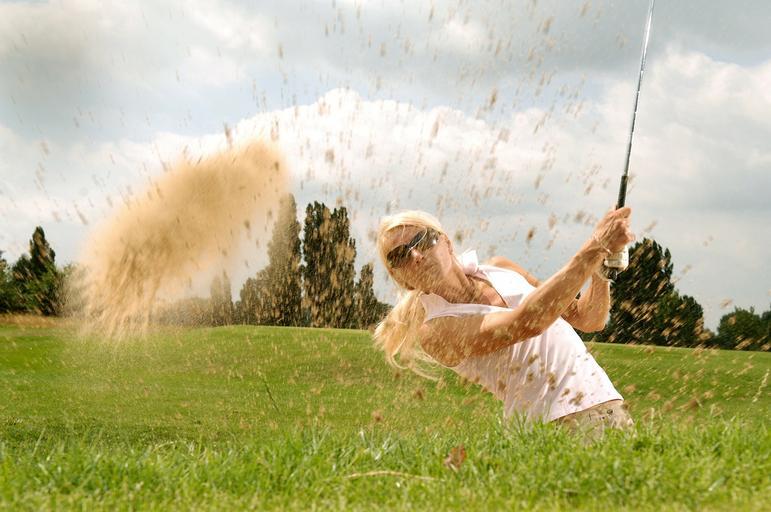How old are you? Before you answer with a number, think about the different ways that age can be perceived. Certainly one way to mark our time on Earth is to count the number of years since our birth. But at Castleknock Cosmetic Clinic Dublin 15 we say that there are many different types of age, skin ageing depend on a variety of factors.
Skin Ageing
Structural skin changes are amongst the most visible signs of ageing. Skin ageing becomes apparent when the person is in their early 30s. They develop subtle changes, like fine expression lines around the eyes and mouth. Also deepening of the tear trough, giving the face a somewhat tired appearance. Dr Kahlout is very experienced in facial harmony using facial volume fillers. He evaluates key features causing facial ageing. These features lead to deeper and more permanent expression lines. Lines that are visible when the face is relaxed. These lines give rise to crows feet, and frown lines, and smile lines and gaunt appearance. Facial and skin ageing is also associated with loss of skin firmness and tone leading to sallow, dry, rough skin and more noticeable larger pore.
Researchers at the Sloan Centre for Ageing & Work, part of Boston College, recently released a report on the subject, titled “The Prison of Ageing“. It focuses on several different types of ageing, and researchers there say that together these concepts can reveal a person’s true age.
In all, the report identifies 11 different concepts of ageing. The first, “chronological age,” is the one with which most are familiar. The others may be less well known, but are still worth considering when thinking about ageing.
“Physical-cognitive” age concerns your physical ability. While some people in their 50s and 60s may feel out of shape, others are able to exercise regularly, and even enjoy doing so.
Have you ever met someone you’d describe as “young at heart?” Then this person may have a higher chronological age, but a younger socio-emotional age, which refers to human maturation. Social age is similar – it’s the age at which others perceive a person to be.
But what happens when a person’s socio-emotional age clashes with their perceived social age? This may be a very common phenomenon among baby boomers, who truly embraced their youth, but now find themselves on the other end of the ageing spectrum.
Statistics show that a full 28% of cosmetic surgery patients last year were between the ages of 51 and 64 last year. Another 8% of surgeries went to individuals over the age of 65.




